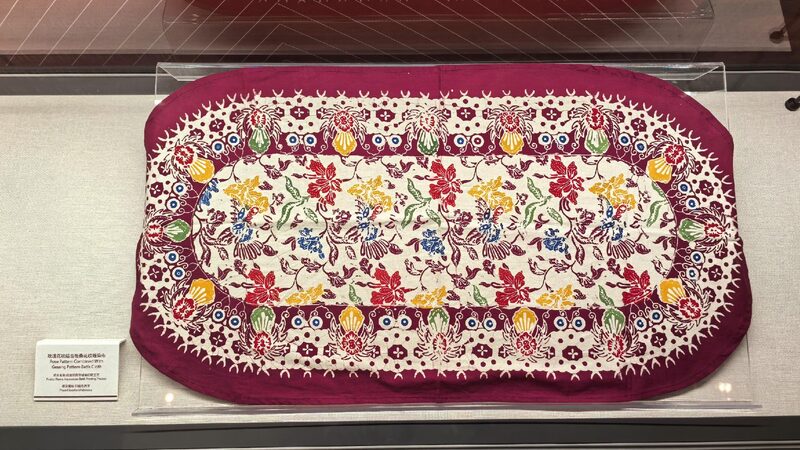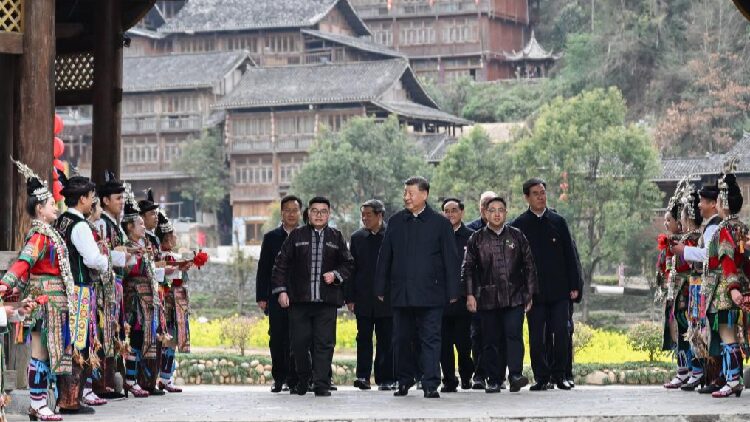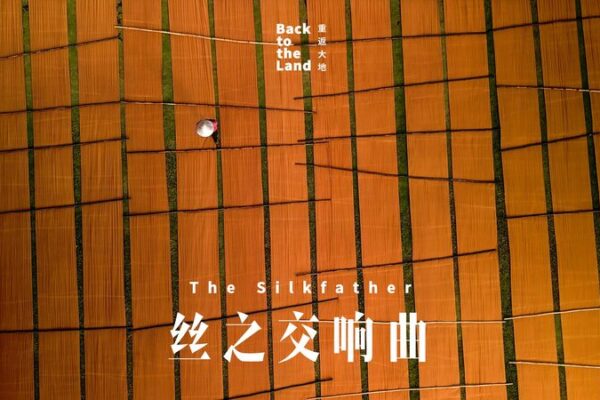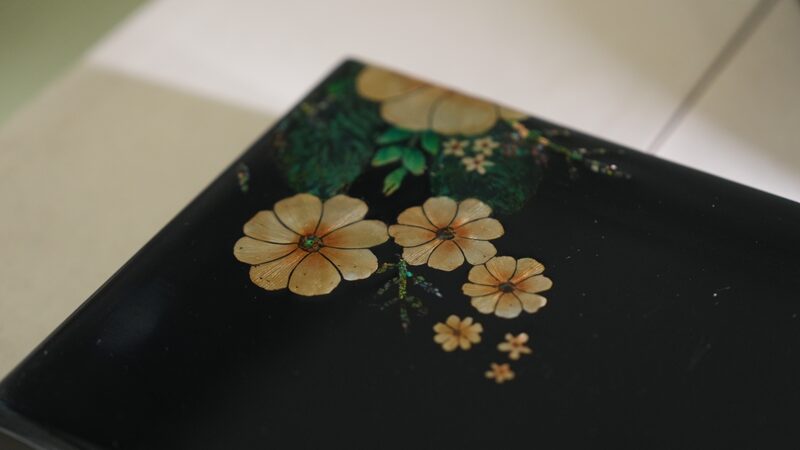By the glow of firelight in Wangmo County, Guizhou Province, craftswomen of the Buyi ethnic group delicately paint molten wax onto fabric, creating intricate patterns that reflect their rich cultural heritage. This ancient art form, known as Buyi batik, has been passed down through generations for thousands of years.
The batik-making process is a meticulous one. It begins with the application of molten wax to outline designs—often featuring flowers, waves, and symbols significant to Buyi folklore—on plain cloth. The fabric is then dyed with natural herbs, infusing it with vibrant colors. Finally, the cloth is heated to remove the wax, revealing the contrasting patterns that characterize Buyi batik.
“Every pattern tells a story,” says Mei Lin, a local craftswoman. “Through batik, we express our connection to nature and our ancestors.”
The finished fabrics are used to create traditional Buyi attire, such as jackets and dresses, and are also appreciated as artworks. In recent years, efforts have been made to promote and preserve this traditional craft, attracting the interest of young people eager to learn the techniques of their forebears.
“It’s important for us to keep our traditions alive,” shares Li Wei, a young apprentice. “Batik is not just a craft; it’s a symbol of who we are.”
The resurgence of interest in Buyi batik not only strengthens cultural identity but also provides economic opportunities for the local community. As the world becomes more connected, the Buyi people’s ancient art continues to captivate with its timeless beauty.
Reference(s):
cgtn.com








